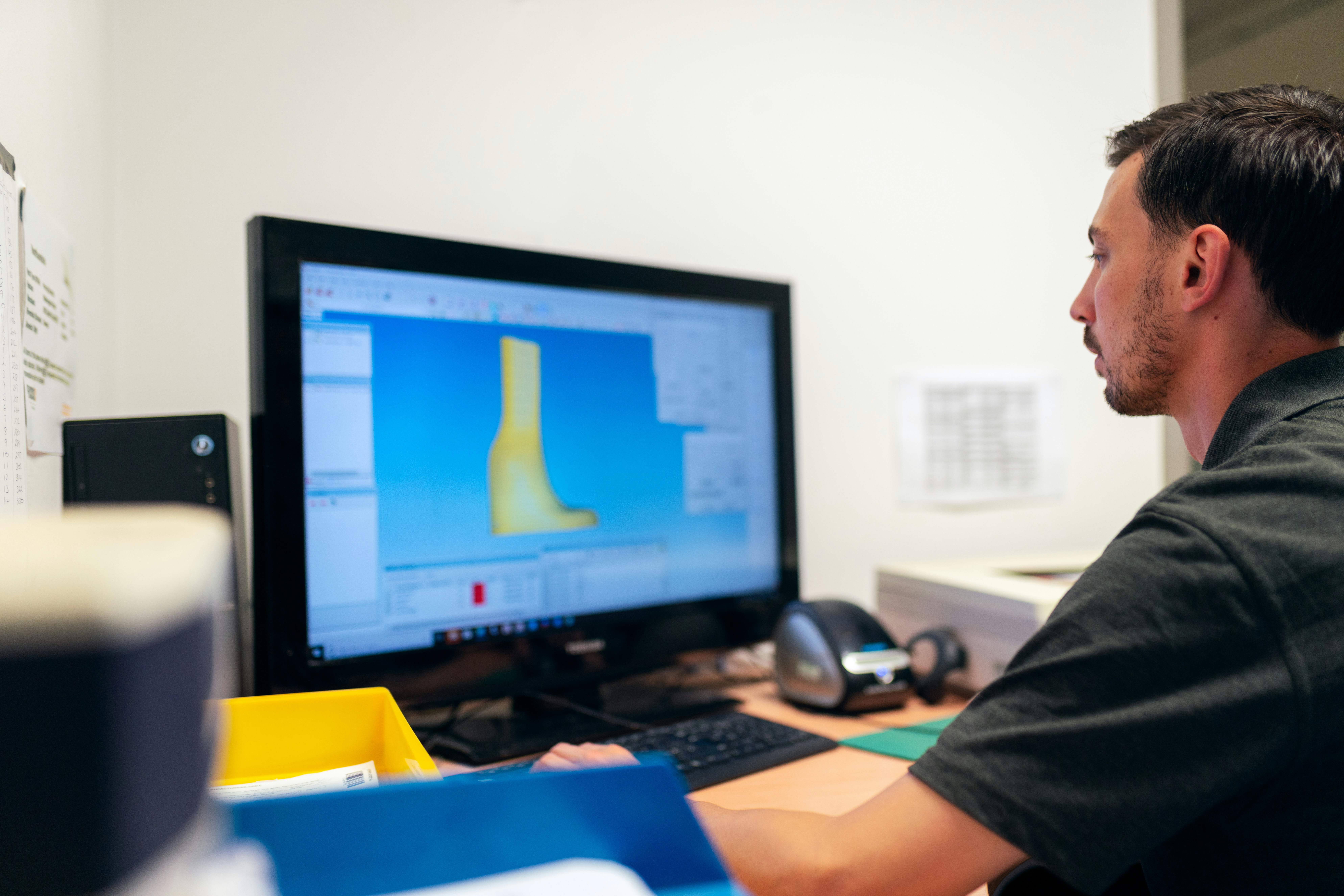TABLE OF CONTENTS

Best Practices for IT Hardware Procurement
To optimize your IT hardware procurement process and overcome common challenges, consider the following best practices:
1. Assess Your Organization's Needs
Before embarking on any procurement initiative, conduct a thorough assessment of your organization's current and future hardware requirements. Consider factors such as:
- Number of employees and their specific roles
- Software and applications used
- Data storage and processing needs
- Remote work and mobility requirements
- Projected growth and scalability
2. Establish Standardization Guidelines
Develop a set of standardization guidelines to ensure consistency across your IT hardware ecosystem. This includes:
- Defining hardware specifications and configurations
- Selecting preferred brands and models
- Establishing refresh cycles and end-of-life policies
- Implementing a centralized asset management system
3. Leverage Global Delivery and Logistics
When procuring hardware for a global workforce, it's essential to partner with a provider that offers efficient global delivery and logistics management. Look for solutions that:
- Provide centralized procurement and inventory management
- Offer fast and reliable delivery to remote offices and employees worldwide
- Handle customs clearance and compliance with international regulations
- Provide flexible options for stock management and warehousing
4. Prioritize Security and Customization
Ensure that the hardware you procure meets your organization's security standards and can be customized to fit specific team requirements. Consider:
- Built-in security features such as encryption and biometric authentication
- Compatibility with your existing security policies and tools
- Customization options for storage, memory, and peripherals
- Enrollment in mobile device management (MDM) systems
5. Optimize Vendor Management
Streamline your vendor management process to reduce complexity and improve efficiency. Consider:
- Consolidating vendors and establishing strategic partnerships
- Negotiating favourable terms and pricing
- Implementing a centralized vendor management system
- Automating invoice processing and payment workflows
6. Embrace Automation and Self-Service
Leverage automation and self-service tools to simplify the procurement process and empower your employees. Consider:
- Implementing a self-service portal for hardware requests and approvals
- Automating asset tracking and inventory management
- Integrating procurement systems with your IT service management (ITSM) platform
- Providing a wide catalogue of pre-approved hardware options
7. Explore Flexible Procurement Models
Consider alternative procurement models to optimize costs and adapt to changing business needs. Options include:
- Leasing or renting hardware instead of outright purchases
- Implementing a hardware-as-a-service (HaaS) model
- Leveraging cloud-based solutions for certain workloads
- Establishing a bring-your-own-device (BYOD) policy
Workwize: Simplifying Global IT Hardware Procurement
Navigating the complexities of global IT hardware procurement can be challenging, but with the right tools and strategies, you can streamline the process and ensure the success of your IT initiatives. This is where Workwize comes in – a zero-touch platform designed to simplify the entire lifecycle of global IT hardware management.
With Workwize, you can:
- Achieve global delivery within 5-7 days, simplifying international shipping logistics
- Send orders directly to warehouses, remote offices, or employee home addresses
- Maintain stock in warehouses worldwide and easily sell off old equipment
- Enable new hires to autonomously select their preferred tools through a branded self-service portal
- Access a wide catalogue of IT equipment, peripherals, office furniture, and branded onboarding boxes
- Choose from buy, rent, or lease options for all devices in all geographies
- Gain a consolidated view of all purchased assets for easy administration
- Automatically enrol all purchased devices into your MDM system (Apple Business Manager, Windows Autopilot)






